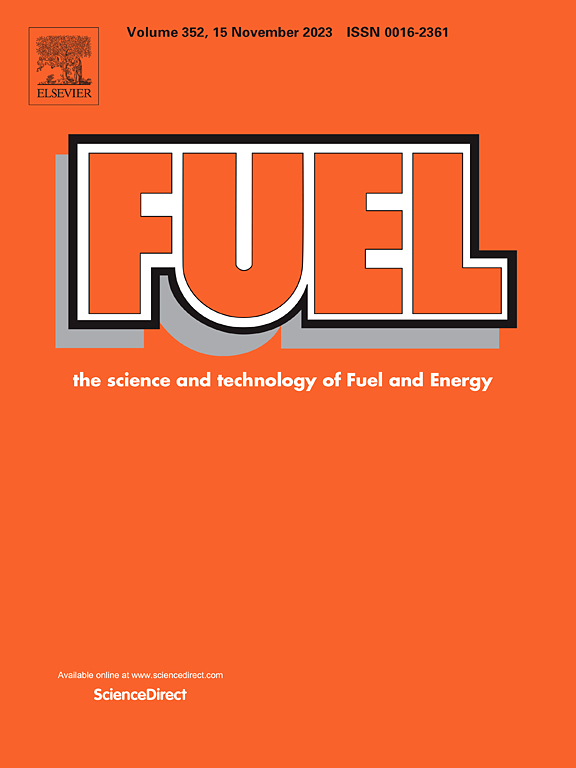In-situ growth of CuCoZn metallic inclusions via surface alloying for enhanced water oxidation at amperometric current densities
IF 6.7
1区 工程技术
Q2 ENERGY & FUELS
引用次数: 0
Abstract
There is a substantial demand for low-cost, efficient, and stable oxygen evolution reaction (OER) catalysts capable of operating at amperometric current densities green hydrogen production, which is crucial for the future transformation of the energy structure. In this study, OER catalysts (VZn-Co@Cu2S) featuring with Zn ionic vacancies were synthesized via the introduction of guest elements surface alloying technique. Electrochemical tests have demonstrated that the electrochemical OER process involves the surface reconstruction to expose the practical positive active substance (MOOH), with Zn as a sacrificial cation, effectively prevents the overoxidation of the surface metal thereby significantly enhances the catalytic performance. Under the synergistic effect of Cu, Co, and Zn metals, catalyst VZn-Co@Cu2S showed remarkable OER performance, achieving an overpotential of only 360 mV at a current density of 1000 mA cm−2. Furthermore, it retained over 97.7 % of its initial performance after 100 h of stability testing. The results indicate that VZn-Co@Cu2S holds significant potential for industrial applications and provide valuable insights into the design and development of high-performance OER catalysts.

CuCoZn金属夹杂物在安培电流密度下通过表面合金化生长以增强水氧化
对于能够在电流密度下运行的低成本、高效、稳定的析氧反应(OER)催化剂有着巨大的需求,这对未来能源结构的转变至关重要。本研究通过引入客体元素表面合金化技术合成了具有Zn离子空位的OER催化剂(VZn-Co@Cu2S)。电化学测试表明,电化学OER过程通过表面重构暴露出实际正离子活性物质(MOOH),以Zn作为牺牲阳离子,有效防止了表面金属的过氧化,从而显著提高了催化性能。在Cu、Co和Zn金属的协同作用下,VZn-Co@Cu2S催化剂表现出了显著的OER性能,在电流密度为1000 mA cm−2时,过电位仅为360 mV。经过100 h的稳定性试验,其性能仍保持在初始性能的97.7%以上。结果表明VZn-Co@Cu2S具有巨大的工业应用潜力,并为高性能OER催化剂的设计和开发提供了有价值的见解。
本文章由计算机程序翻译,如有差异,请以英文原文为准。
求助全文
约1分钟内获得全文
求助全文
来源期刊

Fuel
工程技术-工程:化工
CiteScore
12.80
自引率
20.30%
发文量
3506
审稿时长
64 days
期刊介绍:
The exploration of energy sources remains a critical matter of study. For the past nine decades, fuel has consistently held the forefront in primary research efforts within the field of energy science. This area of investigation encompasses a wide range of subjects, with a particular emphasis on emerging concerns like environmental factors and pollution.
 求助内容:
求助内容: 应助结果提醒方式:
应助结果提醒方式:


